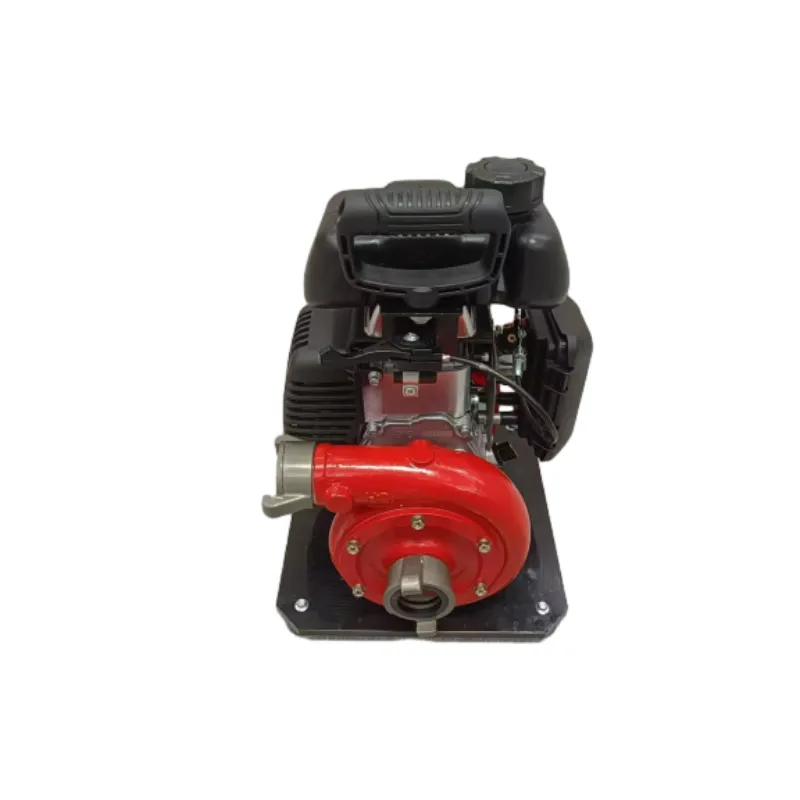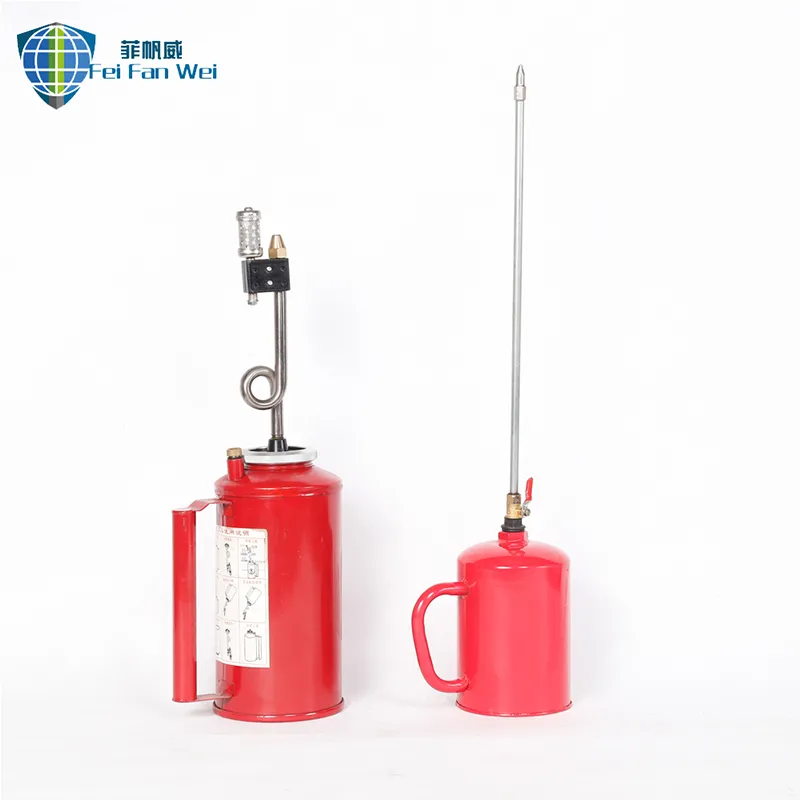

1. Flow Rate and Pressure Head The flow rate is stipulated as 750 GPM. The pressure head, however, is variable, dependent on the required pressure to deliver adequate water to the fire protection system, taking into account any rise in elevation and friction losses in the piping. 2. Pump Efficiency Standard centrifugal fire pumps have efficiencies ranging from 60% to 85%. Pump efficiency impacts the horsepower required; a lower efficiency means higher horsepower demand and vice versa. 3. System Requirements It’s critical to assess the specifics of the installation environment. For instance, if the fire pump is intended for a high-rise building, higher horsepower may be required to overcome significant vertical lifts. 4. Regulatory Standards and Guidelines Adhering to standards such as those from the National Fire Protection Association (NFPA), specifically NFPA 20 regarding the installation of stationary pumps, ensures compliance and optimal safety. These guidelines may influence calculating factors such as required test pressures and efficiencies. 5. Real-World Testing and Expert Consultation It’s advisable to conduct real-world testing or analyses under simulated conditions to ensure calculations hold true. Additionally, consulting with industry experts or manufacturers can provide insights into pump sizing and horsepower determination. 6. Environmental and Operational Considerations The environmental conditions where the fire pump will operate, such as temperature extremes or corrosive atmospheres, can also impact performance and efficiency, thus influencing horsepower needs. In conclusion, determining the appropriate horsepower for a 750 GPM fire pump involves careful consideration of multiple factors including flow and pressure requirements, system specifics, efficiency, regulatory compliance, and environmental conditions. By prioritizing these elements, one can establish both effective fire protection and optimize operational efficiency, ensuring that the pump not only meets safety mandates but also operates cost-effectively across its lifespan. Comprehensive understanding and expert input are invaluable in making informed choices in pump selection and installation.





























